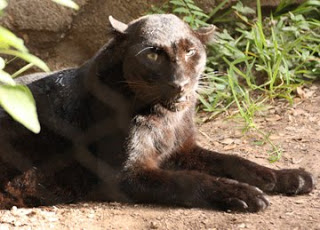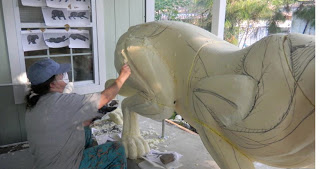Monumental Sculpture
Panther Project-The Process of Sculpting
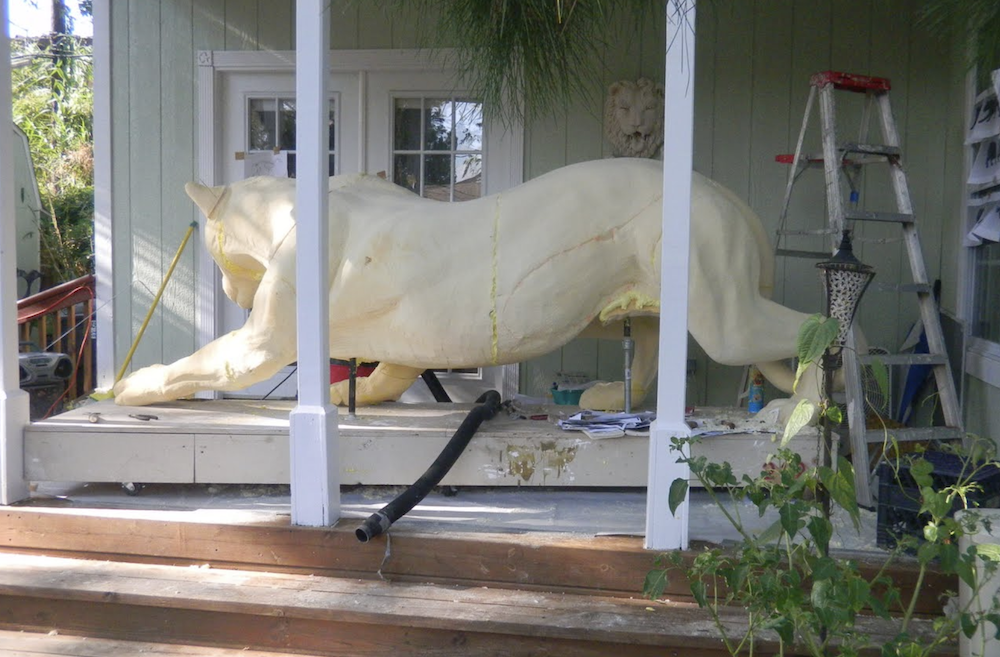
outside keeps the studio dust free. It looks like he wants to go in the doors.
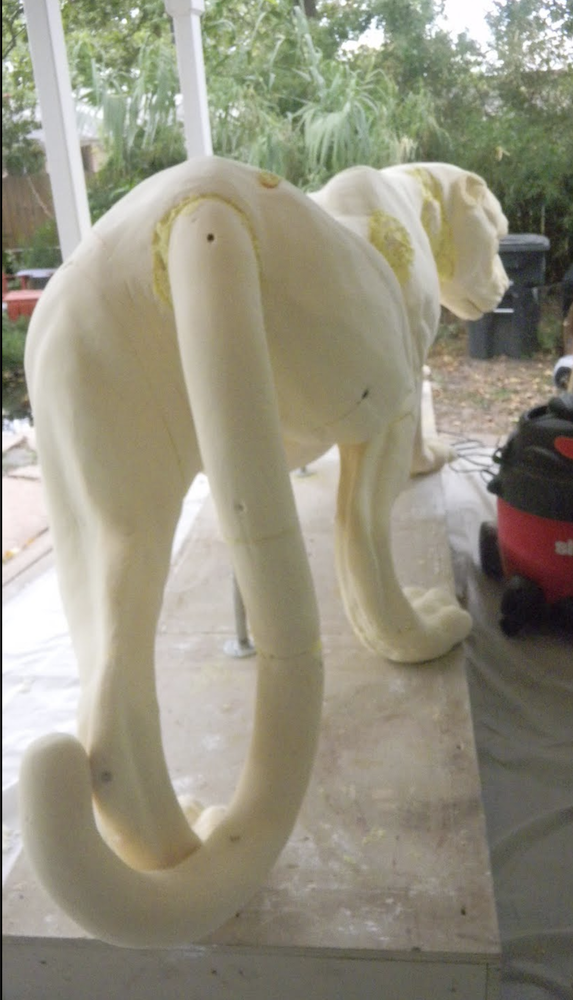
This is the work in progress for the Prairie View A & M Panther. To watch the process from the beginning please click to previous posts.The sculpting of this project is a quick turn around. We need to finish the panther in 18 days. This is day 2,3 and 4 of the sculpting of the panther. The previous posts state that this is a foam armature that was milled and sent to us from Bridgette Mongeon Sculpture Design Studio’s digital design. A great deal of carving is done on this foam, indicating muscles and action before it is covered in clay. The process is messy and requires constant vacuuming and masks, but it is coming along.I loved being able to attach the tail. You will see that the tail is much different from the original design.

More foam is added to thicken areas. Other areas are carved.
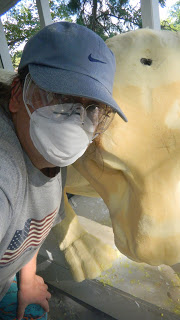
when using urethane foam.
This is a Collaboration- What Does The Panther Mean To You?
I like to create process blogs for my clients. I will often put those same posts here. The process blog for this can be found at prairieviewpanther.blogspot.com .
I posted this on that process blog. I hoped students would read it and reply. I’d love to receive some inspiration with the process. What does this panther represent to the students? What does it make them feel? Anyone out there reading this blog?
One should lead never follow..
Sept 12, 2011 from audi 33
One should lead This looks great, I’m so excited about this project! I can’t wait until it makes its way to the hill of Prairie View A&M University. KEEP UP THE GOOD WORK!!never follow..
Sept 12, 2011 from Jsmaliz
this is awesome!!!
Sept 12, 2011 from Cherokee
The Panther is a recognizable icon that unites the Past, Present, and Future of Prairie View A&M University. A Prairie View A&M University Panther, is someone that understands that from the rich and sometimes dark history of our nation, a first class institution was created in the rebirth of our beloved country, to educate and knowingly contribute to the rebuilding and progression towards a more enlightened society. The Panther, I believe, represents rebirth in all aspects of life, education is the cornerstone for any society, and Prairie View A&M University is dedicated to just that by, “Producing Productive People”.
Sept 12, 2011 from Cherokee
It is nearly 5 years since this post. I wish I had known about it earlier. My name is Elton McWashington, Jr. I majored in Graphic Design when I was at PV. This is a fascinating blog! It is cool to see the whole process play out. I can only imagine what dealing with Talley was like LOL!!! Sooooooo, what does the panther mean to me? The Panther is a dark and mysterious. I always felt like it symbolized the unseen part of a person. The potential. It has always been a reminder to push the envelope and to not be predictable. It’s a powerful animal, so it has also inspired me to find my own power. I haven’t been on the campus long enough to take a stroll since 2008, so I can’t wait to see this statue and take what inspiration I can from it.
Aug 24, 2016 from Unknown
UPDATE- COUNTDOWN BEGINS!
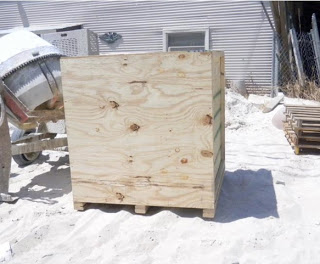
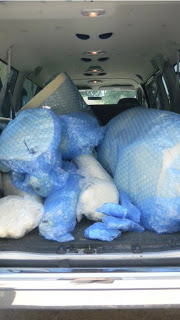
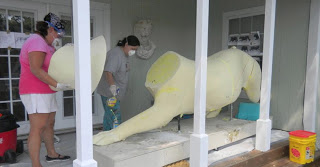
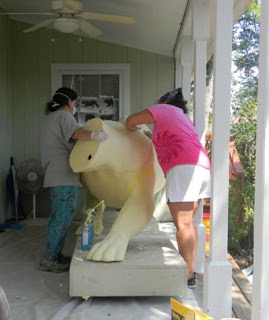
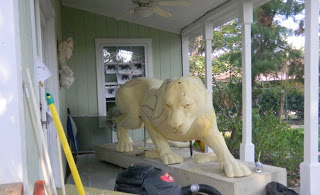
* The Sculpting process begins. The foam is soft and allows me to carve into it before we add the clay. The foam piece becomes the armature that the clay will be added to. Muscles are sketched in and now I begin the process of roughing in the body. Friday 3 people are schedule to put the two layers on the foam. one is wax to seal the foam the other is clay. I hope I can be ready. These are long gritty days. I could use some Prairie View A & M cheers here. Just 16 days before I am hoping to get approval.
This is a sculpture for Prairie View A & M University in Prairie View, Texas of their mascot the Prairie View Panther. The entire process is being recorded on a special blog designate for this project and can be found at http://www.prairieviewpanther.blogspot.com/
More Reference
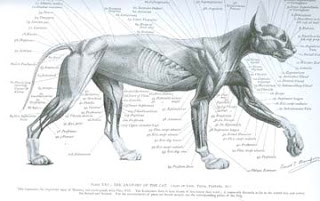
Yes, you can never have too much reference material. It is important for any artist to know the anatomy of the subject they are working on.Unlike a human subject I can’t say to a “panther,”strike this pose for me, then take pictures from all sides. Instead, I rely on my years of artistic experience and a tremendous amount of reference.Once the foam armature comes to the studio, I’ll be studying it to see what needs to be shaved, carved, lengthened or turned, before I begin to add clay and personality to the piece.For anyone interested in the anatomy of animals I would highly suggest the bookAnatomy of Animals By Ernest Thompson. It was originally published in 1896 but you can get copies of it.Another fine book is Eduard Lanteri Modeling and Sculpting Animals.
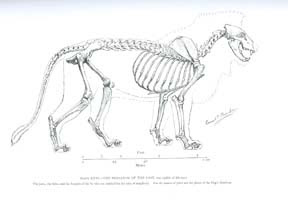
This is from the Prairie View A&M Blog created for this project.
ENLARGEMENT BEGINS!
The file is off to my vendor in Oklahoma- introducing Synappsys Digital Services. They will take my digital file and enlarge it using foam and a milling machine. I wrote an article about this process in the Winter 2007 issue of Sculpture Review.Here is a pdf should you like to read the article and see the process.
This is from the Prairie View A&M Blog created for this project.
Is There A Prairie View Cheer Someone Can Send My Way?
Trying to catch up! We are behind on our deadline which means that I will be working my tail off to try and recover. I could use a little cheering on. Certainly there must be a PVAM cheer. Can someone please send it my way?
You may not see many posts between The 25th of August and the 16th of September. That is because we will be working night and day to catch up. But… I will be documenting it all as we work and posting our progress after that date, or maybe when i need a break. Around the middle of September, if all goes well and my hands hold out, we will be having a visit from the school to approve the sculpture.
I don’t hear any cheering yet. It is awfully quiet out there.
The Process – The Reason For A Digital Model

In traditional sculpting process a sculptor might present pencil sketches to a client to approve a design. Instead we sent digital models. The reason for these models are that we can see what a sculpture will look like from all directions. Sculpting is not like painting, you have to walk around the sculpture and have it present well from all sides. Digital models help us to do that. Another aspect of the digital model is that I can sculpt on it in the computer adding some detail before sending it off for enlargement. The digital model will really aid us in enlarging this sculpture as you will soon see. Before sending this off for enlargement the university requested I change the shape of the tail. They are concerned with breakage. We tried different tails with the pose and settled on something similar to this. Of course these are only digital sketches, of the direction we are going.
This is from the Prairie View A&M Blog created for this project.
What Is a Panther?
This is a very good question. As the carnivore keeper at the Houston Zoo- Josh Young said, “Saying you are sculpting a panther is like saying you are sculpting a bird.” “Panthera” is basically the genus of large cats, which would include lions, leopards jaguars, tigers cheetahs etc. What is the cat that most people think of when they say panther? It is a melanistic variant of another cat, most likely it is a black leopard or a jaguar. Now here is something really interesting, as the name states above, you can see spots on a “panther” black leopard if you look in the right light. So, for clarification we are looking at black leopards for this sculpture. But…. the black leopard does appear to be a smaller big cat… I went to my sources for this. Here is what Sam at the zoo had to say.
“Thanks for being patient with me as I gathered my facts for you! You were asking about black leopards specifically, so I will try to answer your questions without being too vague. Leopards are an interesting species to study as they are found in so many different habitats from Africa to Asia. Melanistic (or black) phased individuals are primarily found in southeast Asia and nearly all of the leopards on Java are melanistic. That being said, evolutionarily speaking, the black phase seemed to develop in the more densely forested areas as the darker color blends in better and these individuals could be more successful in hunting and avoiding detection. Another trait that develops in densely forested areas is smaller body size. Smaller predators can move more easily through the dense trees than larger ones. The reason I am telling you this is that if you look at leopard sizes they have a varied range (even among melanistic). Male Leopards average about 150lbs, but in some regions they can routinely reach 200lbs or more. Our spotted male weighs 130lbs and the black female weighs about 67lbs. Leopards average 3-6 feet from nose to tail, with tails averaging about 23-44 inches. Since you are looking at the melanistic phases, I would use the low end of that scale.”
Just to be safe we made our “panther” much bigger. I mean… it is, after all, a representation of something very big.
This is from the Prairie View A&M Blog created for this project.
More Research At The Zoo
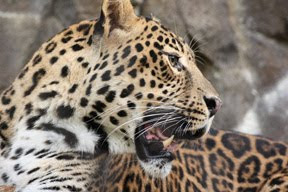
My photographer of choice for any project is Christina Diliberto at Diliberto Photo and Design.Be sure to check out her blog post on the project to see some of her amazing photographs of the cats.We entered the zoo as early as possible in hopes of catching the cats in action before it got too hot. The keepers did everything they could for us, letting the cats out a little at a time and entertaining them to help us to get good reference photographs. The day time temperatures here in Houston have been in the 100’s, making any cat feel a bit lethargic, so coming early was necessary.
Photographic reference is taken of the cats at the Houston Zoo.
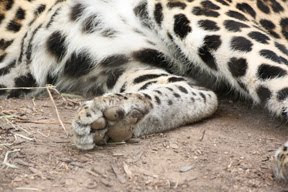
We spent time talking with the keepers. Chris took many photographs. While I paid close attention to the details, anatomy and differences in the cast, all the while picking the brains of the carnivore keepers. I think we have about 500 photographs, and a wealth of information that can be used as reference.Though we are working on a “panther” we spent time taking pictures of all of the cats and not just the black leopard. The anatomy is not that different from cat to cat, and the keepers and I spent a great deal of time in comparisons and discussion. I’ll go into more detail about the term “panther” but first let me share with you some shots from the zoo. Of course, I agree with Christina’s choice, but here are a few more I like.
For me it is in the detail. “take pictures of the bottom of the feet.” Chris has worked with me long enough to know what I want. I hardly have to say anything.I like this last picture because it seems to be so symbolic of life. Sometimes you just have to find your footing! Chris said she was sorry she couldn’t zoom in and focus quick enough. I still love it.
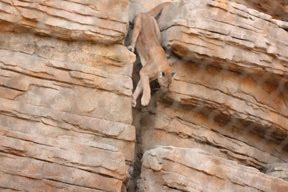
My photographer of choice for any project is Christina Diliberto at Diliberto Photo and Design.
Photographic reference is taken of the cats at the Houston Zoo.
Research- Houston Zoo
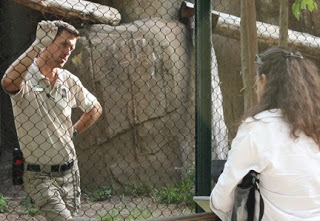
It is amazing how much research goes into each sculpture project. Even if it is of a human, I spend a great deal of time trying to get to know my subjects. You could say I am becoming very intimate with the big cat. I have worked with the Houston Zoo on other projects and was delighted that they would climb on board and assist me in this project as well. They are very excited and hope they are invited to the unveiling.
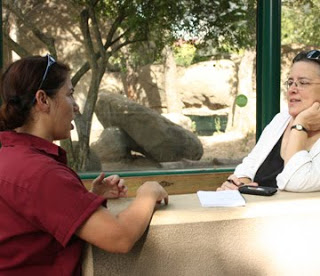
I’d like to introduce to you Josh Young (carnivore keeper) and Samantha ( Sam) Junker (senior keeper carnivores.)
And of course Ivy is their black leopard- see future posts about the term “panther.”
